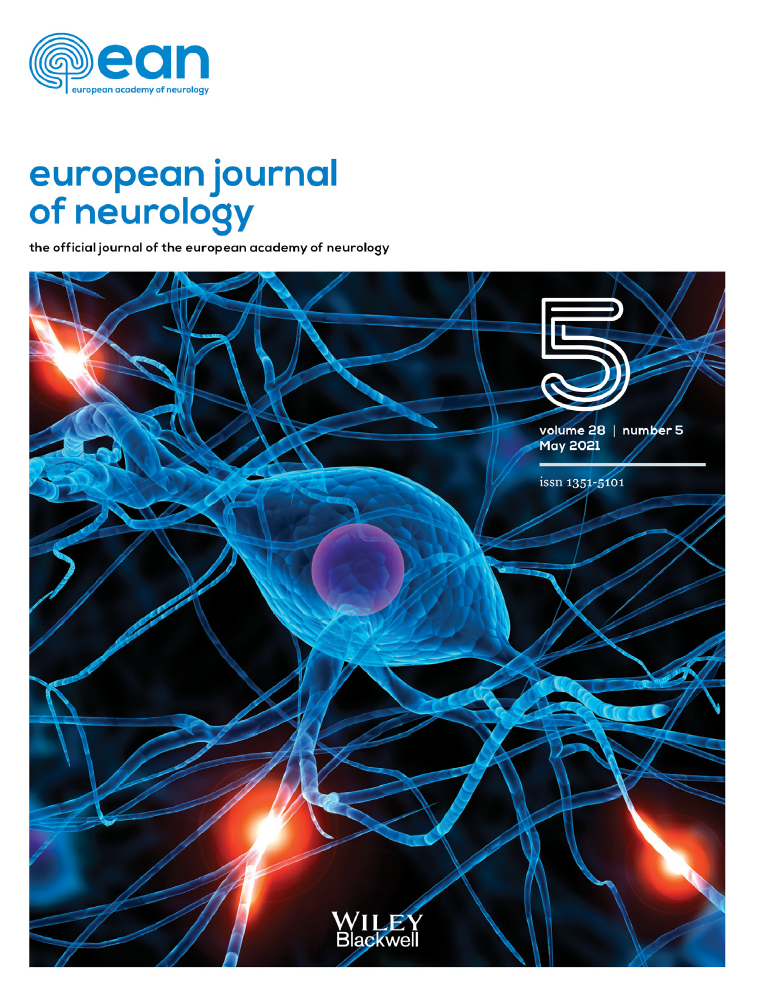Signs of spatial neglect in unilateral peripheral vestibulopathy
Funding information
This study was supported by grants from CNRS, Ministère de l’Enseignement Supérieur et de la Recherche (UMR 7260).
Abstract
Background and purpose
In this study, the question of whether egocentric representation of space is impaired in chronic unilateral vestibulopathies was examined. The objective was to test current theories attributing a predominant role to vestibular afferents in spatial cognition and to assess whether representational neglect signs are common in peripheral vestibular loss.
Methods
The subjective straight-ahead (SSA) direction was investigated using a horizontal rod allowing the translation and rotation components of the body midline representation to be dissociated in 21 patients with unilateral vestibular loss (right, 13; left, eight) and in 12 healthy controls.
Results
Compared to the controls, the patients with unilateral vestibulopathy showed a translation bias of their SSA, without rotation bias. The translation bias was not lateralized towards the lesioned side as typically found for biases reported after unilateral vestibular loss. Rather, the SSA bias was rightward whatever the side of the vestibular loss. The translation bias correlated with the vestibular loss, as measured by caloric response and vestibulo-ocular reflex gain, but not with the subjective visual vertical or the residual spontaneous nystagmus.
Conclusion
The present data suggest that the dysfunctions of neural networks involved in egocentred and allocentred representations of space are differentially compensated for in unilateral vestibular defective patients. In particular, they suggest that asymmetrical vestibular inputs to cortical regions lead to representational spatial disturbances as does defective cortical processing of vestibular inputs in spatial neglect after right hemisphere stroke. They also highlight the predominant role of symmetrical and unaltered vestibular inputs in spatial cognition.
CONFLICT OF INTEREST
The authors report no conflicts of interest.
DISCLOSURE
None.
Open Research
DATA AVAILABILITY STATEMENT
Data are available on reasonable request.




